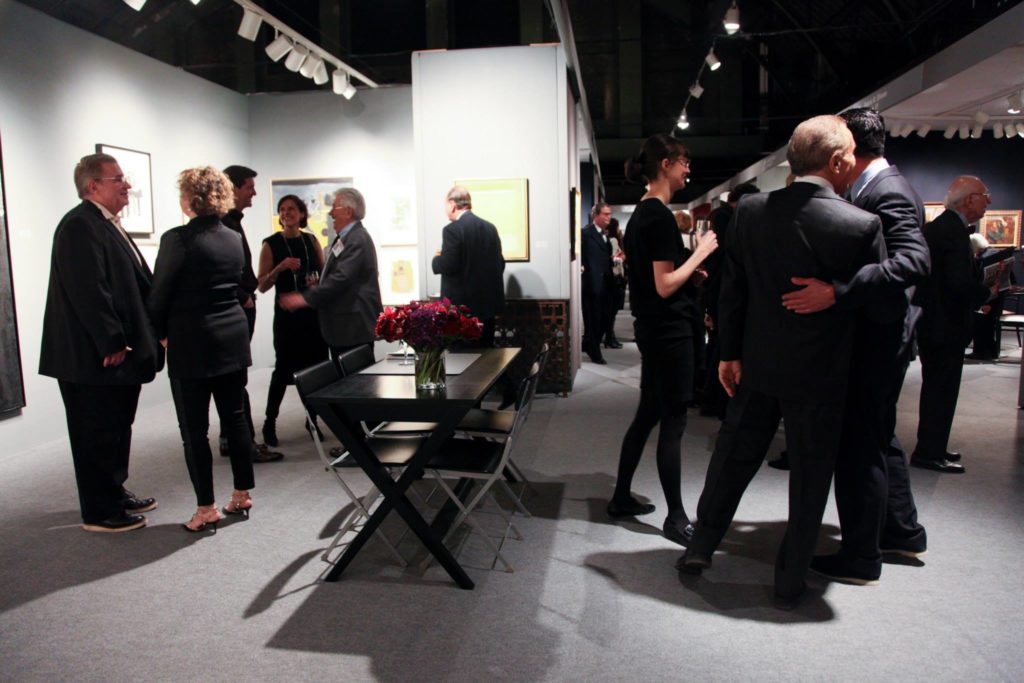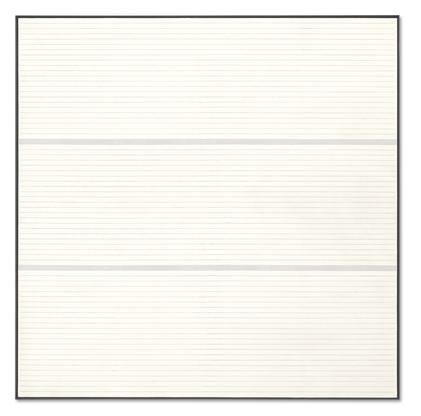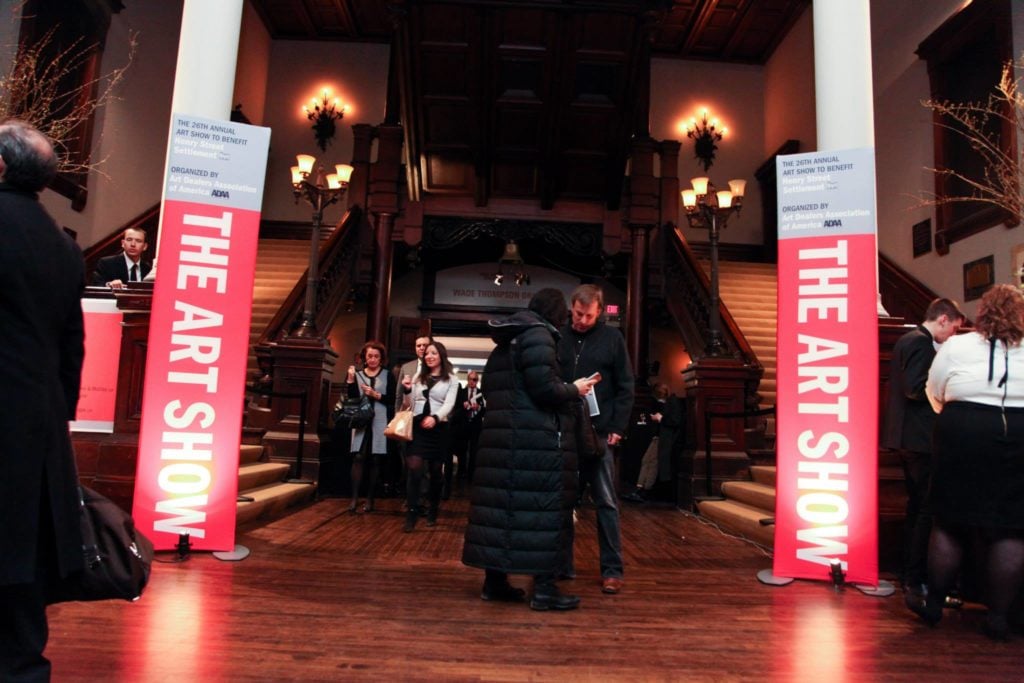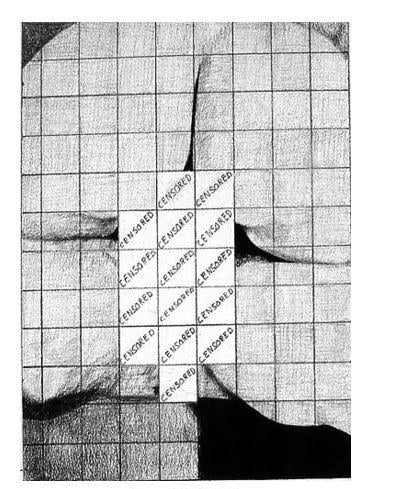Art World
Young Upstarts Invigorate the 2017 Art Show, Though It Remains a Strictly Uptown Affair
The new kids on the block stole the show at this year's edition of the venerable art fair.

The new kids on the block stole the show at this year's edition of the venerable art fair.

Henri Neuendorf

The grand dame of New York’s art fairs returns to the Park Avenue Armory this year with 72 exhibitors showing their wares at the Art Dealer’s Association of America’s (ADAA) Art Show. As the city’s longest-running fair, the event has traditionally attracted the old guard of the well-heeled American art scene. Think classical Modern and blue-chip contemporary dealers catering to heirs and hedgies.
At first glance, that reputation seems justified. Peter Blum dedicated his booth to intimate drawings by Louise Bourgeois, Hauser & Wirth took richly rendered works on paper by Arshile Gorky, and Mnuchin Gallery had a booth of postwar and contemporary masters like Agnes Martin, Cindy Sherman, Pablo Picasso, David Hammons (with a transportive basketball drawing), and Carl Andre. Elsewhere, Van Doren Waxter showed a striking suite of prints from Richard Diebenkorn’s important “Ocean Park” series.
Sukanya Rajaratnam, a partner at Mnuchin, said that all the works on display were museum-quality, but she singled out a large Agnes Martin as the most significant piece on view.

Agnes Martin Untitled #9 (1988). Photo: Courtesy of Mnuchin Gallery, New York.
Nearby, Gyonata Bonvicini, a director at Michael Werner (which was showing an array of top-notch works on paper), noted that he felt the overall rigor of the fair had softened slightly in comparison to last year’s iteration. “It’s almost a local fair for the Upper East Side clientele,” he remarked. “It has a comfortable atmosphere that allows a dialogue to take place.”

The ADAA show, 2014. Photo: ADAA via Facebook.
This year, organizers added some younger mid-market dealers who brought fresher, more timely artists to show between the established uptown outfits. First-time exhibitor James Fuentes, a Lower East Side pioneer and refreshing antithesis to the fair’s traditionalist spirit, showed works by Noam Rappaport and Tamuna Sirbiladze. Another debut exhibitor, Casey Kaplan, dedicated a solo booth to the admired American painter Sarah Crowner. Meanwhile Chelsea gallery Bortolami brought works by the über-hot 35-year-old painter Caitlin Keogh and the Argentine ceramicist Nicolas Guagnini.

Chris Ofilli Triangle Bronze (2016). Photo: courtesy David Zwirner, New York.
For Fuentes, showing at the ADAA was something he always aspired to. “I have always seen this fair as having the highest-calibre work, and that was the motivating factor for me,” he said. “When I first went to the fair at the beginning of my career 10 years ago, I said to myself that if I get to the point where I can show here, it will really mean something.”
Dealer Stefania Bortolami, on the other hand, was exhibiting at the fair for the fourth time, and explained that her decision to bring younger artists was more a curatorial move than a statement. “They are both artists of the gallery,” she explained. “They are also friends, and have swapped works in the past and have a good dialogue between them, so I thought it would be apt.”

Betty Tompkins, Censored Grid #1 (1974). Photo: courtesy of P.P.O.W. Gallery, New York.
This year’s show didn’t have the same density of top-shelf museum-quality pieces as previous editions, as dealers for the most part brought safe, sellable, take-home-in-a-taxi-sized works suited to decorating Upper East Side apartments. The glaring exception was P.P.O.W., which broke the mold by putting on a daring display of large-scale paintings depicting close-ups of sexual penetration by Betty Tomkins, joined with smaller pieces overlaying photographs of exposed female parts with Minimalist grids.
“Betty has always been making works on this scale,”P.P.O.W.’s Annelis Beadnell told artnet News. “So maybe that’s why people find them so shocking—because there’s no intimacy.”
All in all, the spirit of this year’s edition was neatly epitomized at David Zwirner, which showed beautifully intricate new, never-before-seen works by Chris Ofili that had been created specifically for the fair. Unlike Ofili’s early, controversial, lean-against-the-wall collages or more recent theatrically scaled bravura paintings, these pieces were ravishing (and rather inoffensive) abstract efforts at a manageable scale. Some were in layered paint, others in watercolor, and all were decorously hung on the wall—perhaps soon to be found in an Park Avenue classic six not far from the fair’s genteel venue.